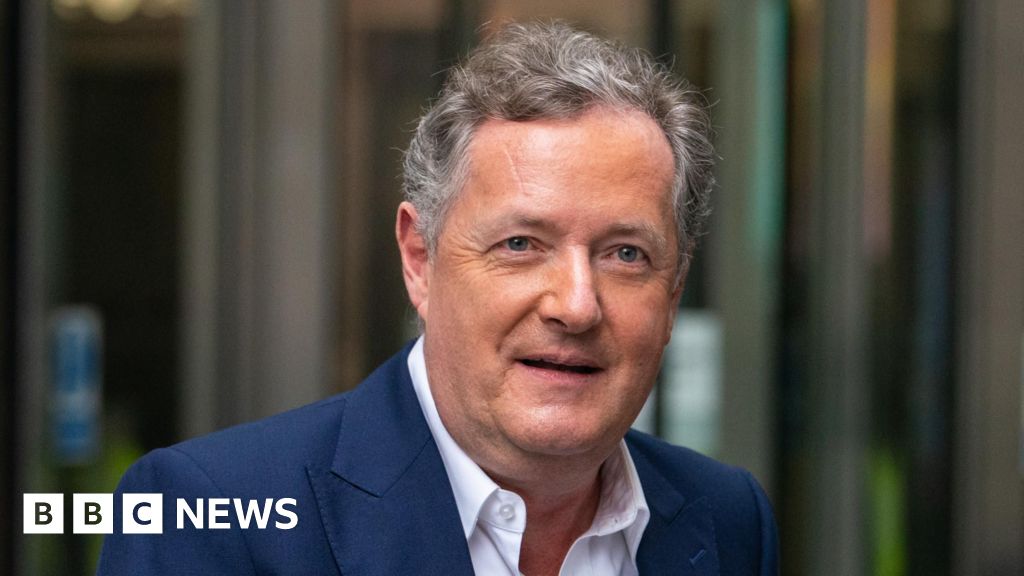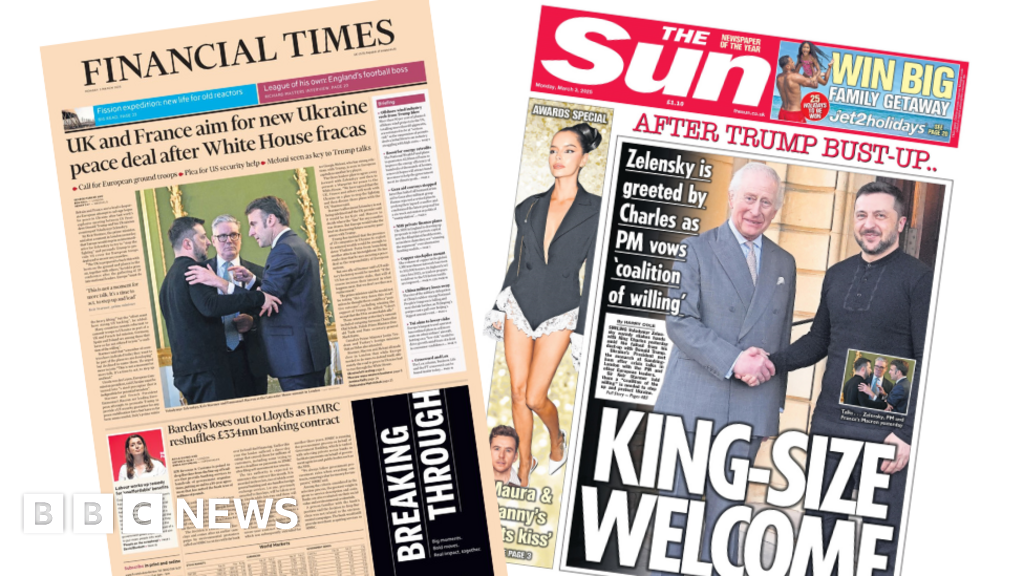Jurors take an oath to make rulings without bias or prejudice, but a new study suggests that promise is broken when the death penalty is on the table.
Researchers from Columbia University on Thursday revealed that the shape of defendants' facial features affects whether they are sentenced to death or given life in prison.
Hundreds of mugshots of Florida inmates who were convicted of murder were shown to a mock jury in the experiment.
Certain facial features – such as downturned lips and heavy eyebrows – were judged to be more untrustworthy and more likely to be sentenced to death.
Hundreds of mugshots of Florida inmates who were convicted of murder were shown to a mock jury in the experiment. Certain facial features – such as downturned lips and heavy eyebrows – were judged to be more untrustworthy and more likely to be sentenced to death
'These findings bolster prior work that facial stereotypes may have disastrous effects in the real world, but, more importantly, provide a potential inroad toward combating these sorts of biases,' lead author Jon Freeman said in a press release.
'By exposing a cognitive pathway toward eradicating facial stereotypes, future research must investigate whether this training could be broadly applied and how to ensure the bias reduction persists over time.'
Researchers asked 1,400 volunteer participants to judge the mugshots of 400 white male inmates convicted of homicide - 200 were sentenced to life in prison, and 200 were sentenced to death.
Participants were then asked to assign target words to each photograph: trustworthiness, meaning caring, kind, pleasant, trustworthy, warm and untrustworthiness, referring to cold, cruel, mean, unpleasant, and untrustworthy.
Researchers asked 1,400 volunteer participants to judge the mugshots of 400 white male inmates convicted of homicide - 200 were sentenced to life in prison, and 200 were sentenced to death
The team found that 95 percent of the inmates sentenced to death were deemed 'untrustworthy' based solely on their looks, many of which had heavy eyebrows and downturned lips.
These results were conducted prior to participants receiving training on facial biases, suggesting it should be part of the juror process.
This new intervention process raised people's awareness of facial bias, successfully eliminated it, and removed their unconscious reactions.
'This is important because unconscious reactions can still wreak havoc on people's behavior, even when conscious decisions appear to be unbiased,' the release said.
'If there are consequential judgments that are biased by facial stereotypes, our findings suggest that they have the potential to be flexibly remapped and dismantled,' the study said, according to the press release.
Researchers said they are conducting other studies to test the intervention process with racially and gender-diverse faces.
The annual number of death penalties has declined by more than 80 percent in the last two decades, dropping to near-record lows in 2015 after peaking at more than 300 death penalty verdicts annually in the mid-1990s.
Last year, there were 11 executions in the U.S., and 20 people were sentenced, up from 18 sentenced to death in 2021, according to the Death Penalty Information Center (DPIC).
The DPIC reported that there are 2,331 people on death row as of January 2023, with California recording the most death row prisoners at 665 and Florida coming in second with 313 prisoners on death row.
The Pew Research Center reported that 98 percent of people on death row were men as of 2019, with Black prisoners accounting for 41 percent of death row inmates and white prisoners accounting for 56 percent of those on death row.
 (1).png)
 1 year ago
18
1 year ago
18


















